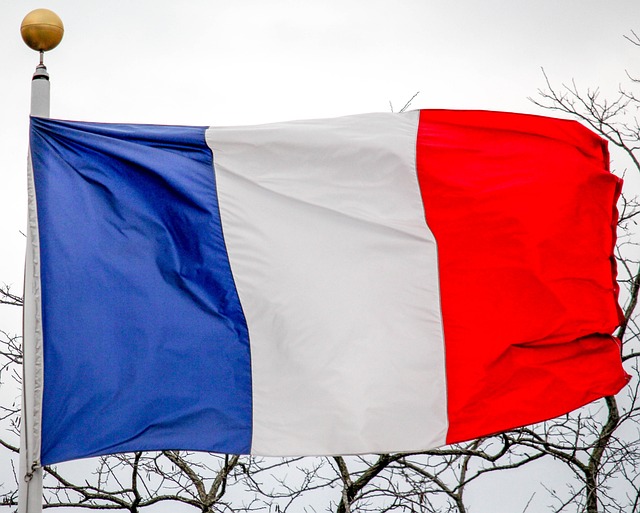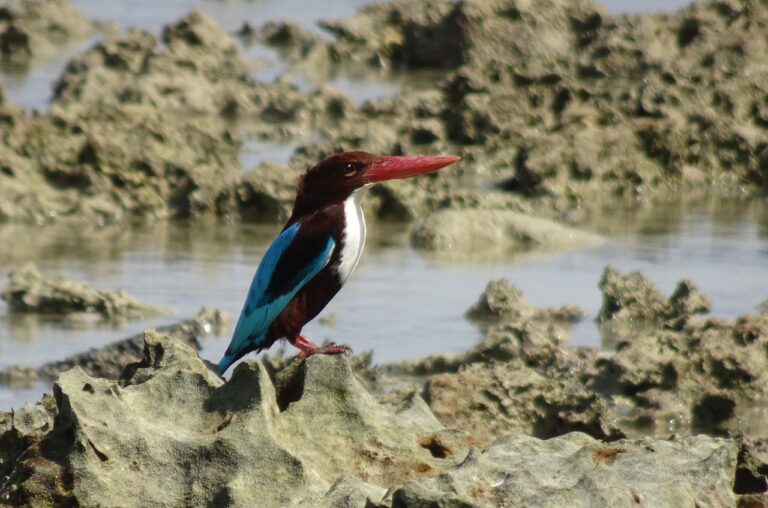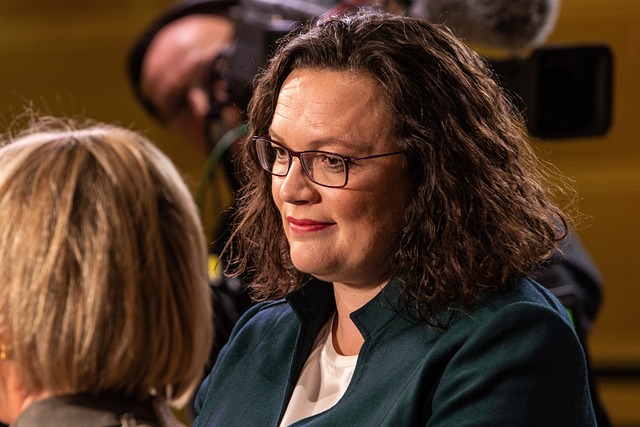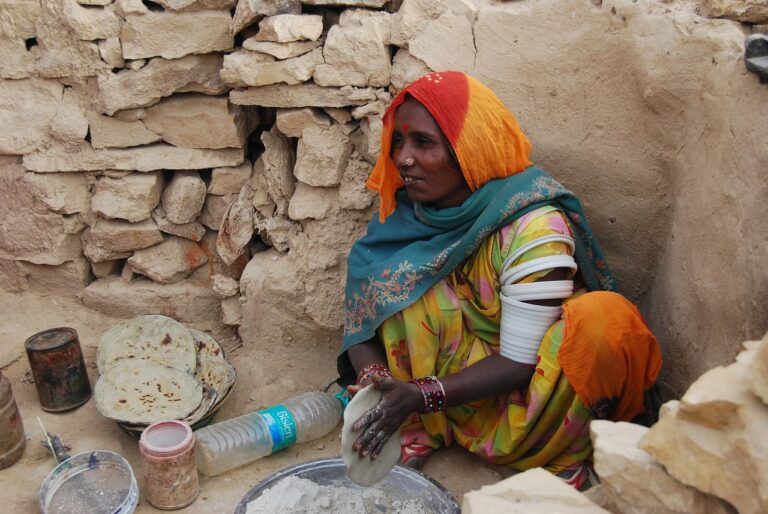The Impact of Public Art Installations on Transportation Policy
Public art installations have the power to transform public spaces into vibrant and engaging areas that captivate and inspire community members. Through the use of sculptures, murals, and interactive artworks, these installations have the ability to bring people together and create a sense of belonging within a neighborhood.
By strategically placing public art in various locations within a city, urban planners and artists can elevate the aesthetic appeal of the environment and encourage individuals to explore and interact with their surroundings in new ways. Moreover, these installations can serve as focal points for community gatherings and events, fostering a greater sense of connection and unity among residents.
The Role of Public Art in Shaping Community Identity
Public art plays a crucial role in shaping the identity of a community by reflecting its unique cultural heritage and values. When strategically placed in public spaces, art installations have the power to communicate the community’s history, beliefs, and aspirations to both residents and visitors. These artistic expressions create a sense of belonging and pride among community members, fostering a shared sense of identity that strengthens social cohesion.
Furthermore, public art serves as a platform for dialogue and interaction within a community, encouraging individuals to come together and engage with their surroundings. By sparking conversations and inspiring creativity, art installations facilitate connections between people of diverse backgrounds, promoting inclusivity and understanding. As community members identify with the narratives depicted in public art, they develop a collective sense of identity that unites them in their shared experiences and values.
The Influence of Public Art on Urban Development
When public art is strategically integrated into urban spaces, it has the potential to transform the aesthetic appeal and vibrancy of a city. These art installations can breathe new life into neglected areas, attracting both residents and visitors to engage with the environment in a meaningful way. Additionally, public art can serve as a catalyst for economic growth by increasing foot traffic to local businesses and encouraging investment in the community.
Furthermore, public art plays a crucial role in fostering a sense of place and identity within urban neighborhoods. By reflecting the values, history, and cultural diversity of a community, these art pieces become symbols of pride and unity among residents. This sense of ownership and connection can lead to a stronger sense of community cohesion and civic engagement, ultimately contributing to the overall social well-being of an urban area.
• Public art can transform the aesthetic appeal and vibrancy of a city
• Art installations attract residents and visitors to engage with the environment
• Public art can stimulate economic growth by increasing foot traffic to local businesses
• Art installations encourage investment in the community
• Public art fosters a sense of place and identity within urban neighborhoods
• Art pieces reflect the values, history, and cultural diversity of a community
• Public art promotes pride, unity, and ownership among residents
• Connection to public art leads to stronger community cohesion and civic engagement
How does public art installations enhance public spaces?
Public art installations can transform dull and uninviting public spaces into vibrant and engaging areas that attract people. They can create a sense of place and identity, making the space more welcoming and enjoyable for the community.
Can public art help shape community identity?
Yes, public art plays a crucial role in shaping the identity of a community. It can reflect the values, history, and aspirations of the community, creating a sense of pride and belonging among its residents.
What impact does public art have on urban development?
Public art has a significant influence on urban development by contributing to the cultural and economic vitality of a city. It can attract tourists, improve property values, and create a more livable and visually appealing environment for residents.
How can public art installations be used as a tool for urban development?
Public art installations can be used strategically to revitalize neighborhoods, promote social interaction, and stimulate economic growth. They can help create a sense of place and community, making the city more attractive for residents and visitors alike.







